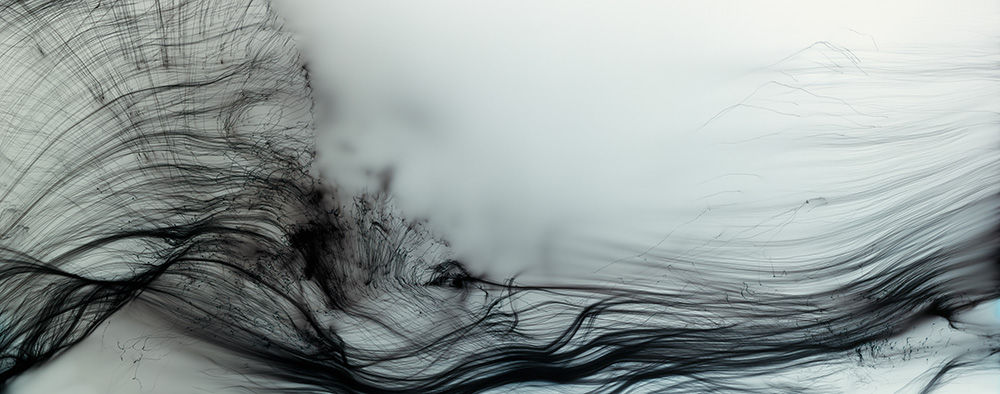PHOTO:Wolfgang Tillmans
 Wolfgang Tillmans’ oeuvre is frequently perceived in connection with his personality. The artist’s involvement and position in different social contexts yield a narrative that is taken, as a key to the understanding of his works. As a consequence, what the pictures by Tillmans really are, and what makes them unique, something that is less directly tangible, and which remains hard to put into words, is relegated to the background.
Wolfgang Tillmans’ oeuvre is frequently perceived in connection with his personality. The artist’s involvement and position in different social contexts yield a narrative that is taken, as a key to the understanding of his works. As a consequence, what the pictures by Tillmans really are, and what makes them unique, something that is less directly tangible, and which remains hard to put into words, is relegated to the background.
By Efi Michalarou
Photo: Fondation Beyeler Archive
The summer exhibition at the Fondation Beyeler attempts a different approach to the work of Wolfgang Tillmans presenting 200 photographic works dating from 1986 to 2017 together with a new audiovisual installation. The exhibition is conceived not in terms of a specific theme or a narrative context, but starts from and revolves around the images themselves. Tillmans since his first exhibition at the gallery of Daniel Buchholz in Cologne in 1993, developed a specific exhibition practice and style of presentation that influence the significance and effect of the individual picture. The installation of the works does not correspond to a chronological arrangement. The photographs do not all hang at the same height next to one another, but seem to be installed in a loose configuration on a wall, large and small, figurative and abstract, unframed and framed. In place of the criteria that are usually used in hanging pictures, Tillmans has developed in his exhibition practice an order of visual connections between the pictures, of variety, ambivalence, and openness, altogether characteristics that inform his work. Based on a few exemplary works, the exhibition begins by highlighting the range of Tillmans’s artistic activity. Regardless of the great differences between them, it becomes clear that the focal point is not always the motif, but often the way in which the thing represented is transformed into an image. “unscharfer Rückenakt” (1994) would seem straightforward, simply because the motif of the figure turned away from the viewer has a long history in art. However, this picture was taken quite spontaneously in a situation that the artist wished to preserve for the future. “Night Jam” (2013) is strongly colored and on first sight appears abstract, despite the fact that it captures reality. It shows remnants of sheets of photo paper that became wrapped around the cylinder of a developing machine and had to be cut away piece by piece. “Black Lives Matter protest, Union Square, b”, (2014): Political engagement has played a key role in Tillmans’s work from the start. Its means of expression are manifold. With some of his photographs, he points to obvious injustices, while in others he documents sites of resistance, portrays activists, or launches own initiatives such as the anti-Brexit campaign in 2016. As its title indicates, this photograph was taken during a Black Lives Matter protest march on Union Square in New York. The slogan “Hands up, don’t shoot” and the corresponding gesture pictured here, refer to the death of Michael Brown on 9/8/14. Tillmans has been interested in music since his youth. He describes it as a fundamentally important means of expression for him. From early on, he experienced music as a medium with its own language and strong political statement that brings people together. The early ‘90s techno scene had a lasting influence on him. Over the past three years, Tillmans has collaborated with various musicians. Tillmans has compiled a series of recent music videos into an installation.
Info: Curator: Theodora Vischer, Fondation Beyeler, Baselstrasse 101, Riehen/Basel, Duration: 28/5-1/10/17, Days & Hours: Mon-Tue & Thu-Sun 10:00-18:00, Wed 10:00-20:00, www.fondationbeyeler.ch





